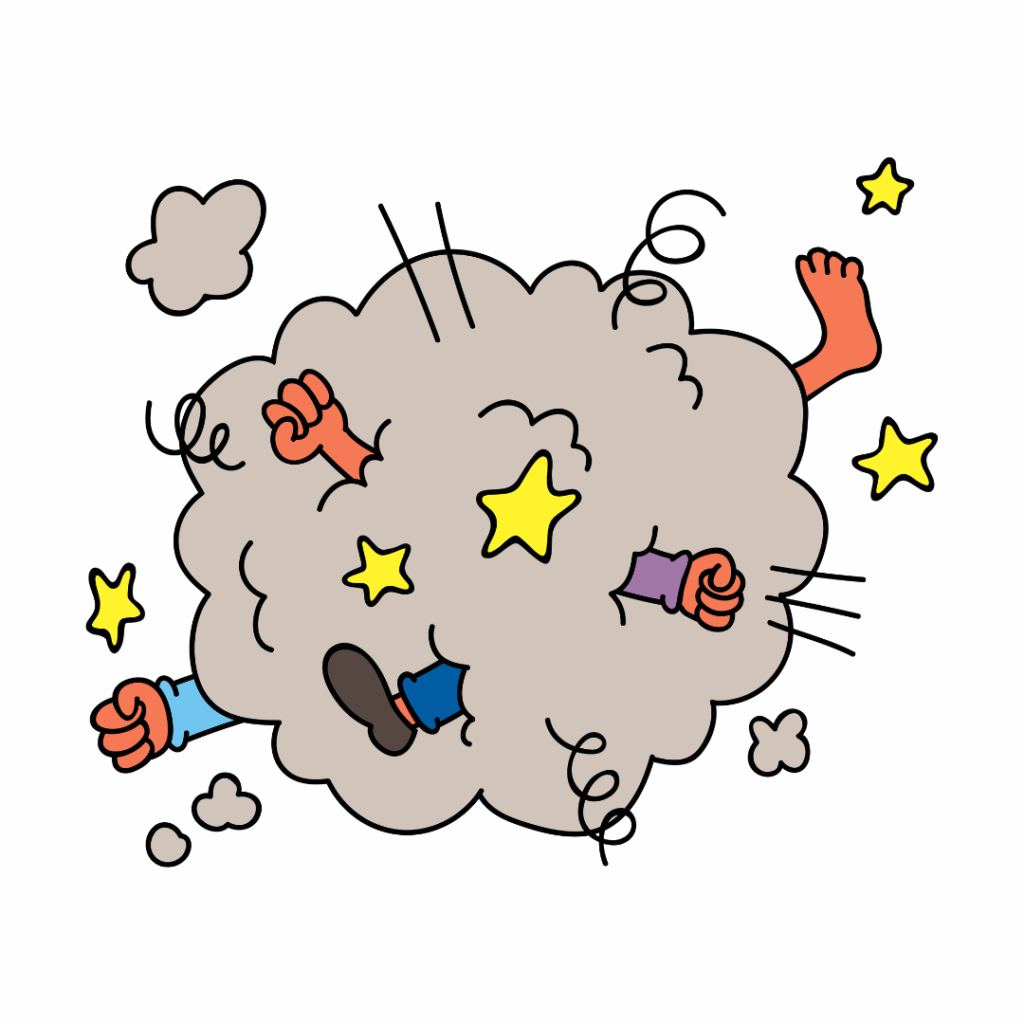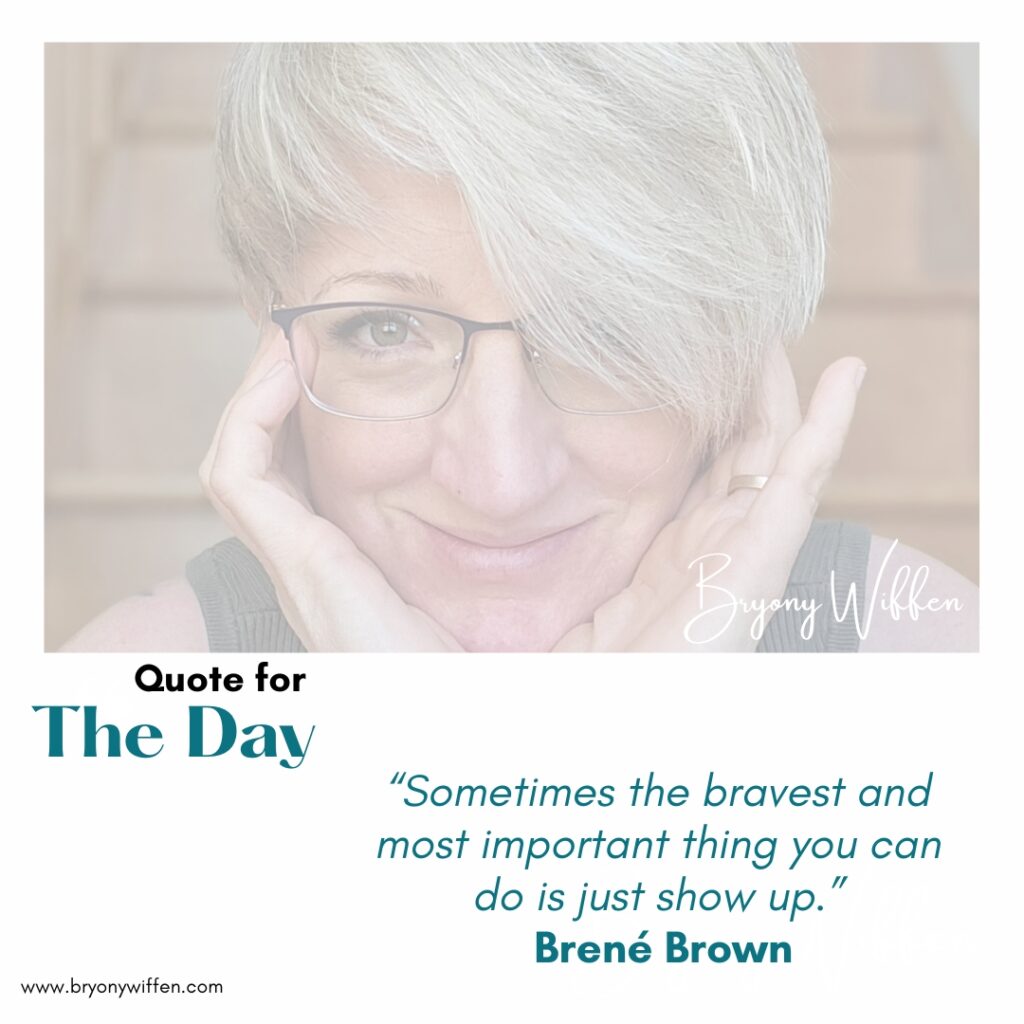Conflict is inevitable, we’re human and, when handled well, it might even be necessary, don’t you think?
Unresolved conflict though, that’s something else entirely.
Left unchecked, conflict can quietly seep into the culture of a team, creating ripple effects that reach far beyond the original issue. You’ll see it in passive-aggressive emails, the meeting where people talk at each other and over each other rather than with each other, and then there’s the dip in energy that slowly but surely drains motivation.
If you’re a team leader, or the unofficial “peacekeeper” in your group, chances are you’re the one expected to fix it (and/ or it could be your sign to pivot in your career, because you are the peace maker and potential game changer many organisations are looking for!).
So how do we go from tension and frustration to something more productive?
How do we shift gears from conflict to collaboration without brushing problems under the carpet or making someone the villain? (because shaming people just fuel conflicts and division).
That’s what this article is here to explore.
The Ripple Effect of Unresolved Conflict
Conflict rarely stays between two people, it spreads silently, and it can spread with a gentle subtlety that allows it to reach far beyond its original starting point. Can’t it?
- A disagreement between colleagues can leave others walking on eggshells
- Side conversations begin to form
- Trust weakens
- Workflows get clunky
- Even those who aren’t directly involved start to feel the tension

…and before you know it, this is just how it is here.
Conflict becomes part of the culture, not because it was welcomed, but because it was never addressed, and without a conscious effort to tackle it, a workplace can find itself operating under a cloud of frustration and unspoken resentment. It becomes toxic.
Conflict Resolution is Everyone’s Responsibility
We often treat conflict management as a leadership issue, and yes, leaders do play a key role. But the responsibility doesn’t stop with them.
Whether you’re leading a team or sitting within one, your response to tension matters.
- Are you feeding it, avoiding it, or transforming it?
- Are you stepping in early or staying quiet until the blow-up happens?
- Are you open to feedback or defaulting to defensiveness?
I am challenging you to really think about that one, because being a bystander doesn’t make you good at managing conflict, it makes you good at avoiding conflict, or the challenging and sometimes necessary conversations that can really make a positive change (even if it’s uncomfortable in the moment).
Then we have those natural mediators, the “oil in the team” who keep the cogs moving. The ones who smooth things over, absorb or break the tension with humour and hold space for everyone else.
To those people: You don’t have to carry it all.
Creating a healthier dynamic is a shared responsibility, not a silent role you wear alone.

Encouraging High Performance Without Creating Internal Competition
One of the most common drivers of low-level tension is internal competition.
It can start with the best of intentions:
- A leaderboard.
- Public praise for one team member.
- A big project was handed to the same “go-to” person.
However, when success becomes a zero-sum game, relationships begin to suffer, resentment builds, comparison creeps in…
…and trust, the foundation of collaboration, begins to erode.
Instead, consider:
- Rewarding shared wins, not just solo efforts.
- Celebrating process, not just outcomes.
- Creating psychological safety where people feel valued regardless of whether they’re the loudest voice or the star performer.
High-performing teams are not just a collection of high-performing individuals, their environments where people lift each other, not compete for the spotlight. You know those teams, we’ve all probably had at least one working role where work didn’t feel like work, but everything got done and targets were smashed. Together, success, like conflict is a shared responsibility.
Tools and Techniques for Gear-Shifting Out of Conflict
Getting out of conflict doesn’t mean pretending it didn’t happen. It means choosing a different route forward.
Here are a few tools and techniques that can help shift the dynamic:
Name It Early: Avoiding conflict gives it space to grow. Encouraging open dialogue, even if it’s uncomfortable, allows issues to be dealt with while they’re still manageable.
Use “I” Language: Model a culture of ownership. “I felt side lined in that meeting” lands very differently to “You ignored me.”
Facilitated Conversations: Sometimes, a neutral third party, like a coach or trained facilitator, can hold the space for people to talk honestly, without spiraling into blame.
Pause and Reflect: Invite teams to build in regular check-ins that go beyond task lists. “What’s working? What’s not? What needs to shift?”
Agreements, Not Assumptions: Clarity around roles, responsibilities and communication expectations reduces tension before it starts.
Practice Psychological Flexibility: Help people move from “Who’s right?” to “What’s needed? It’s a subtle shift, but a powerful one.
From Surface Tension to Shared Understanding
Conflict isn’t the problem, it’s what we do with it that matters.
When teams are willing to surface the tension, to lean into curiosity rather than judgment, conflict can become a catalyst for clarity, growth and stronger working relationships.
So, whether you’re leading a team or quietly holding it together behind the scenes, remember this:
You don’t need to have all the answers, but you do need to create conditions where better answers can emerge, through trust, conversation and shared ownership.

Want help navigating a conflict in your team?
I offer coaching and facilitated team sessions that move groups from surface tension to sustainable collaboration. Let’s talk about what might support your team best.
Workshop: Making Conversations Count: Mastering Communication in Every Area of Work
Workshop: Navigating Conflict Within Teams – Bryony Wiffen Official
